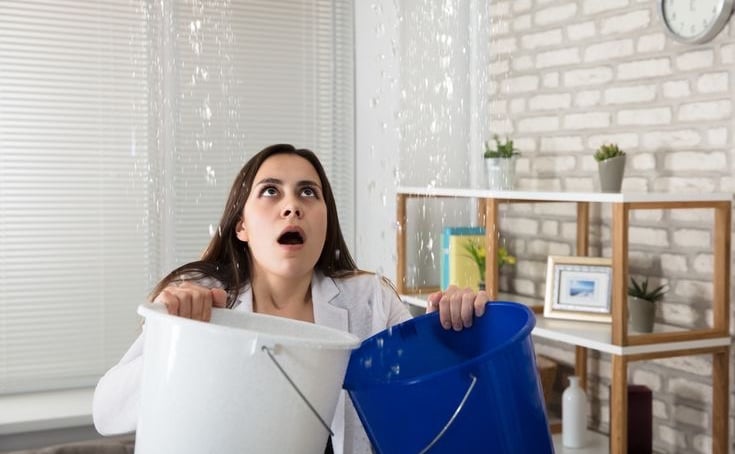What to Do with Your Carpet After a Leak: A Simple Guide
FLOOR CARE & CLEANING
12/6/20242 min read


Understanding the Damage
Dealing with a leak at home can be a nightmare, especially when it leads to ruined carpets or floors. Water damage not only affects your flooring but can also create a conducive environment for unpleasant odors and mold growth. Before you rush to call a professional company for a complete floor replacement, there are steps you can take to minimize the damage and prepare your space.
Step 1: Remove the Carpet
The first and most important action is to remove any wet carpets immediately. If your carpet has soaked up water from the leak, it’s highly likely that it is beyond saving. Pull it up gently from the corners, and if it’s too heavy or slimy, carefully cut it into manageable sections. Make sure to wear gloves, as you don’t want to come in contact with any harmful mold or bacteria that can thrive in wet conditions.
Step 2: Dry the Area Thoroughly
Once your carpet is out of the way, the next step is to dry out your space. This is crucial to prevent lingering smells and potential mold growth. Start by opening any windows to improve ventilation. You can also set up fans around the room to circulate air. If the weather allows, you can even leave the door open to encourage airflow. The goal here is to make sure that any remaining moisture evaporates as quickly as possible.
Step 3: Check for Hidden Moisture
While you're drying out the area, it’s essential to check for hidden moisture in your flooring or walls. Sometimes, water can seep beneath floorboards or into the drywall, creating issues that might not be immediately visible. Use a moisture meter if you have one, or gently push on the walls and floors to check for any damp spots. If anything feels wet, make sure to dry those areas properly, too, to avoid future problems.
Conclusion: When to Call a Professional
After you've done your best to remove the carpet and dry out the affected areas, it’s time to decide whether you need to call in the pros for floor replacement or repairs. If areas remain damp, you might want to reach out sooner rather than later. Remember, the key here is to act quickly to mitigate damage. With these simple steps, you'll have a head start on dealing with any flooring issues that arise from a leak. Good luck!
Next Floors
Info@Nextfloors.co
346-396-6398
© 2025. All rights reserved.
